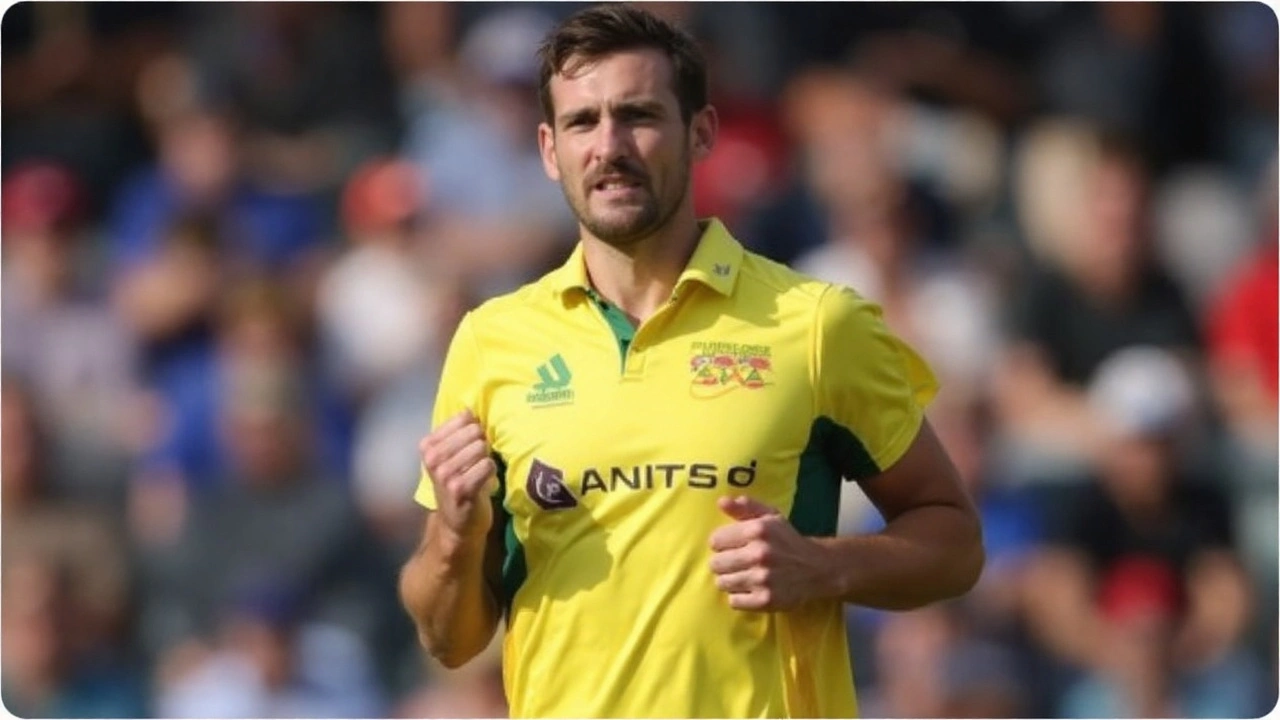World Test Championship
When talking about World Test Championship, the ICC's league‑style competition that decides the premier Test cricket champion. Also known as WTC, it merges traditional five‑day matches with a points‑driven table, giving every Test series a clear purpose beyond pride. The format reshapes how fans, players and boards view the longest form of the game.
The backbone of the competition is Test cricket, the sport's most demanding format, played over up to five days with two innings per side. Unlike limited‑overs games, Test cricket tests technique, stamina and mental strength. Because the World Test Championship ties each series to a points system, every session can swing the leaderboard, making even a rain‑affected draw feel crucial.
Managing the points, scheduling and rules is the job of the International Cricket Council (ICC), the global governing body that sets standards, oversees rankings and sanctions the championship final. The ICC requires each series to consist of a minimum of two matches, awards six points for a win and two for a tie, and uses net run rate as a tiebreaker. This structure means that teams can’t rely on occasional victories; consistency across home and away tours becomes the true mark of greatness.
Recent headlines show how player decisions can ripple through the table. Ravichandran Ashwin, one of India's leading spin bowlers, announced his retirement from Test cricket after the Brisbane match. Ashwin’s exit removes a 600‑plus wicket asset and forces India to reshuffle its spin attack, a shift that directly impacts their points chase. When a key performer steps away, the team’s strategy‑depth shrinks, and the ICC’s points allocation makes every remaining series even more pivotal.
Controversy also shapes the championship’s narrative. In the IND vs AUS 2nd Test, Mitchell Marsh, Australia’s all‑rounder, caused a stir with a self‑dismissal and a disputed LBW review. Such moments not only spark debate over umpiring standards but also influence match outcomes, which feed directly into the WTC standings. A single dismissal can flip a win into a draw, shifting six points and altering the route to the final.
Putting these pieces together, the World Test Championship encompasses a league format for Test cricket, requires a points system managed by the ICC, and is heavily influenced by player performances and on‑field controversies. The current cycle sees India, Australia, England and New Zealand locked in a tight race, each series acting like a mini‑tournament within the larger league. Fans can track the live leaderboard, spot which teams are gaining momentum, and see how retirements or disputes might tip the balance.Looking ahead, the next few months promise decisive series in South Africa, the West Indies and the sub‑continent. Those matches will decide who clinches the top spot and earns a place in the championship final. Expect teams to adjust line‑ups, experiment with young talent, and fight for every point because the points table leaves no room for complacency.
Below, you’ll find a curated list of articles covering everything from match‑by‑match breakdowns and player retirements to controversial moments that have shaped the championship narrative. Dive in to get the context you need before you explore each story.
